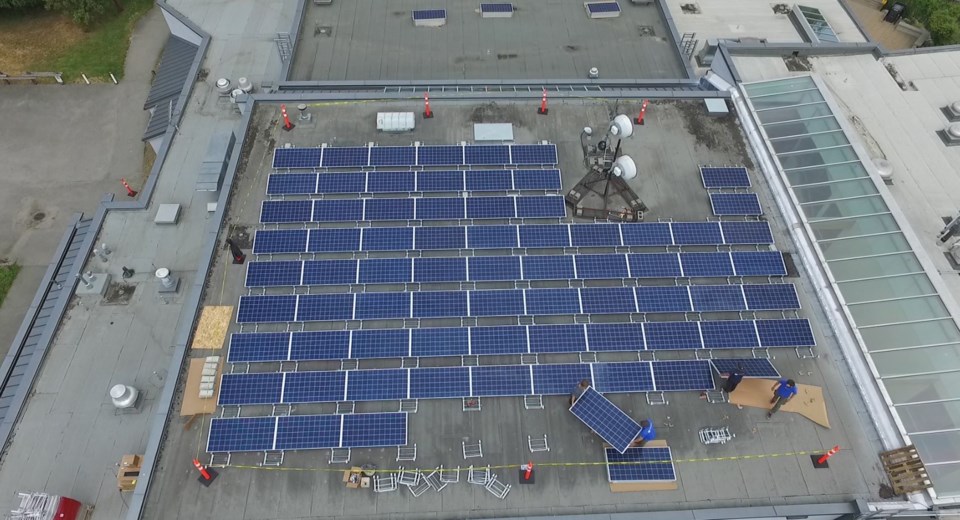A new climate action levy will tack on an additional one per cent to electric utility bills in 2020.
On Monday, city council gave approval in principle increases to the 2020 utility rates: electric (2.8 per cent); water (seven per cent); sewer (seven per cent); and solid waste (12 per cent). The increases would result in a $163 increase for the average single-family home.
Council also approved the implementation of a new climate action levy in the electric utility, which will be used to fund projects and initiatives that align with the city’s environmental strategies and goals.
Staff recommended that one-half of the current five per cent rate rider that’s already included on electricity bills could be redirected to a new reserve fund.
Colleen Ponzini, the city’s director of finance, said this would have had no net impact to people beyond what they are paying now for the rate rider.
A staff report, however, noted the city could add an additional one per cent to the rate rider to provide even more money for projects.
That additional one per cent won’t come out of the rate rider, Ponzini said.
“We wouldn’t want to put the electric utility at risk of having reserves that are too low to be able to deal with the actual infrastructure,” she said. “The suggestion would be to add on a percentage to grow that number.”
Rod Carle, general manager of the electric utility, said that allocating 2.5 per cent of the current five per cent rate rider to the new levy would result in about $1.2 million in 2020.
“If we were to increase that by one per cent, it would give you $1.7 million,” he told council.
Council unanimously supported upping the amount of money to go into the levy.
“I would actually like to challenge council to look into that additional percent because I think that will provide us even more funding,” said Mayor Jonathan Cote. “I know we have a lot of work to do, but the reality is this climate action work is going to require funding and resources.”
According to Ponzini, that additional one per cent will be an increase over and above the proposed 2.8 per cent increase to the electric utility. While it will effectively be a 3.8 per cent increase to customers, it won’t look that way on their bills.
“They are going to feel the increase of one per cent that is related to this climate action, for a total of 3.8 per cent. However, on their bill they will see it differently,” she said. “They will see whatever their charges are, they will see a rate rider of two-and-a-half per cent and they will see a climate action levy of three-and-a-half per cent. How we would describe it is it would come off on the bills, but the ultimate impact is a 3.8 per cent increase.”
Ponzini said the finance department will come forward to council with a reserve bylaw that would detail how funds in the new reserve could be spent.



